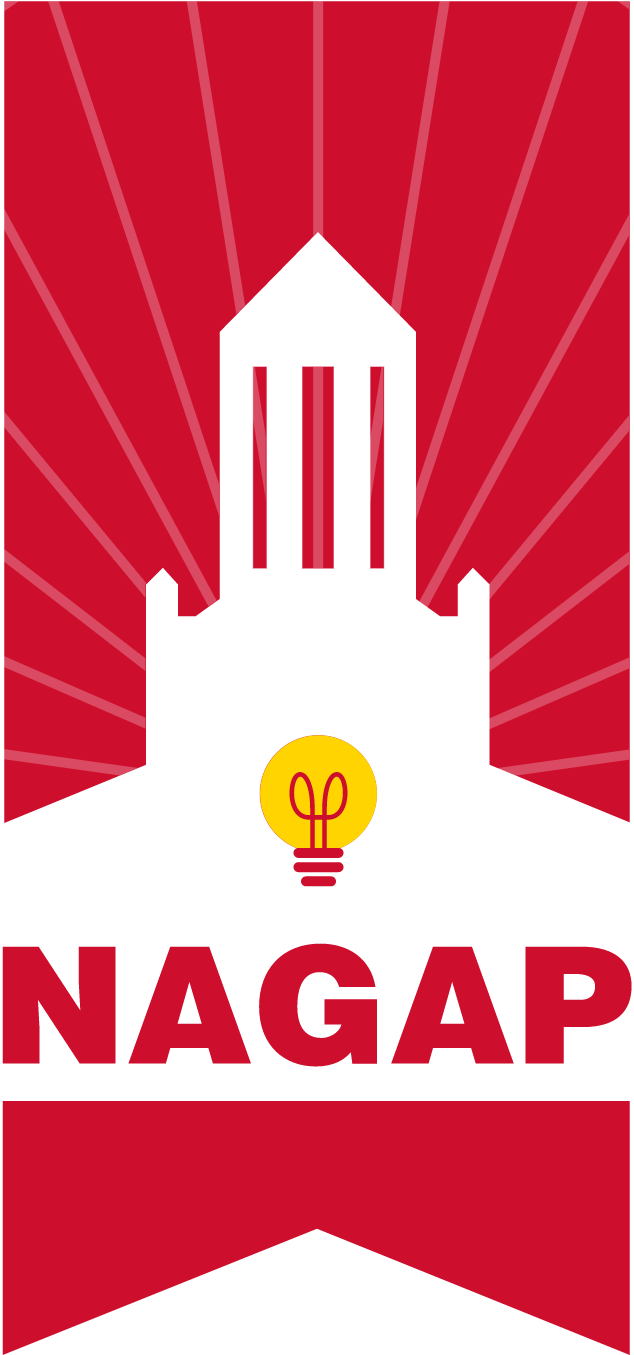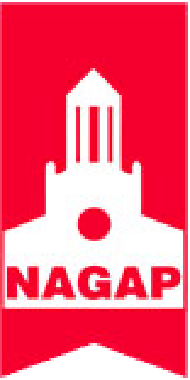Conversational Marketing. When Drift famously coined the term years ago it had a definite ring to it–a pairing of the impersonal with the individualized to create a new kind of online interaction. The true genius, however, wasn’t the creation of Drift’s signature chatbot, but the realization that the best way to get visitors to interact with your higher ed website was for your website to interact with them.
Creating an interactive website has plenty of measurable benefits, from dwell time to bounce rate to click-through rates. Personalized marketing across multiple touchpoints often increases ROI by 200%. It also enables universities to build an authentic link with their audience through a brand personality that inspires engagement.
With recent advances in AI, avenues to personalized communication are more enticing and scalable. The question is, with more options than ever, what’s the best way to start the conversation?
The state of the Chatbot
Chatbots are now an expected, often embraced part of the user experience. Especially in higher ed, where big decisions tend to inspire lots of questions, a 24/7 responsive service is a huge win. Some studies suggest that a significant number of students at schools with a chatbot said it was helpful during the research and enrollment process.
However, they aren’t exactly the cutting edge in higher education marketing…at least not yet. The most basic and pervasive chatbots are just rigid flowcharts. It's common for visitors to get to the end of the flow and have to follow up with a real person. This can make our relationship with chatbots a little uneven.
Of internet users who interact with chatbots, 60% have run into instances where it couldn’t help them, and nearly 40% report the chatbot not understanding them. Even in this supposedly fractured world of online anonymity, 60% of users claim they’d rather just skip the whole rigmarole and speak to a person.
This underscores why chatbots can struggle to do what many schools and businesses primarily need them for: Turn web traffic into conversions.
Chatbots have myriad uses, but the conversion-centric ones are usually doing well if they’re converting 1.5-3% of the visitors who directly engage with them on a higher ed website. That’s a significant percentage of web traffic, and accounts for a legitimate uptick in lead generation. However, traditional chatbots can struggle to provide the personalized experience today’s visitors are looking for, which is why chatbot companies are scrambling to incorporate the newest waves of AI into their software.
Chatbots, personalization, and AI in higher education
The new direction is for chatbots to incorporate natural language models (NLMs) that allow for personalized communication agile enough to answer difficult and unexpected questions. Companies like Haptik and Drift are already developing this technology to see if AI can facilitate a new level of interaction.
This is a revolutionary idea, especially now that large language models like GPT-4 are getting closer and closer to simulating authentic interaction. NLMs like GPT-4 process insane amounts of information, deliver answers in a conversational way, and react to unexpected requests. However, there are a few things to keep in mind before embracing it as your higher ed website’s front-of-house solution.
- Its answers are sometimes not truthful: ChatGPT-3.5 was trained on about 300 years worth of data, but it can’t actually distinguish between right and wrong. GPT-4 is better at distinguishing between truth and falsehood, but it still has a bad habit of hallucinating facts here and there.
- You have to train the language model: NLMs can learn, but they have to be trained. You’ll likely have to provide lots of information, then train the system on correct responses to fine-tune the interactions.
- There will still be blindspots: Requests that are too complex or niche will still require follow-up with a human representative, so there’s a question as to how much time and effort AI will actually save an admissions team.
All that being said, chatbot-centered companies are investing heavily in ways that AI can transform their industry into a more powerful conversion engine.
Conversational marketing...without the conversation
We talked earlier about how conversational marketing isn’t about the conversation, it’s about the engagement. Bounce rates for higher ed websites crept up in 2023 to 55.19%, while engagement went down. Around 87% of higher ed website visitors never make a return visit. Basically, it’s never been more important to make a quick and impactful first impression, and new tools are providing novel avenues to make this possible.
Some higher ed marketing companies are finding ways to engage visitors without automated chat. Halda, for instance–a website personalization company that specializes in higher ed–invites visitors to share information about themselves, then uses that information to build personalized content experiences for each visitor. It’s a meaningful interaction without the pretense of a real conversation, and an AI-powered personalization alternative that offers a more direct content experience.
Why personalization?
Personalized engagement works for three key reasons:
- Keeps your visitors on the website
- Creates a tailored experience geared toward the visitor’s needs
- Lowers the final hurdle toward a conversion.
Visitors–especially Gen Zers–respond to personalization. They even expect it. 73% of website users say they want websites to create more personalized experiences through the data they collect. 88% of shoppers say they expect websites to have interactive self-service features, while 75% say they’re more likely to buy from brands that personalize the shopping experience.
We know, we know, these are retail brands and not higher ed brands. But why should the browsing experience for higher education–perhaps the most important purchase a person will ever make–be less personalized and responsive than the process of buying socks?
Does personalization really increase engagement?
If engagement is the goal, personalization is an especially effective engagement tool. Serve people the unique content they want, and they’ll spend more time on your website.
Personalized content experiences, like Halda’s, prompt users to talk about themselves. And the longer the conversation, the more likely it is that your visitor will be open to further contact.
Marketers know that personalization is effective, but historically it’s been hard to scale. The incorporation of AI in higher education marketing, however, makes it easier than ever to automate personalization processes. Tailored content experiences–like the ones Halda creates–are finally becoming efficient to manufacture.
And the results suggest that it’s worth the effort. Depending on the content, interactive personalized forms convert at anywhere from 3%-7%.
This suggests that engagement, not conversation, is your website’s most effective tool for lead generation. Fortunately, options for creating this engagement are developing quickly. Personalization and conversation are routes to conversion. And whether you use them separately, or to complement one another, they are here to stay as part of an effective website experience for your visitors.

About Mark Kremer
Mark Kremer has spent the last 10 years operating as either a teacher or a marketer in the K-12 and higher ed space. He’s currently a Content Marketer in higher ed software, finding ways to leverage behavior analytics to optimize the university website experience. He’s had an eclectic journey to this point, serving as an instructor in Auburn University’s Communication Department before pivoting to life as a high school English, journalism, and creative writing teacher (who also strongly supports the Oxford comma). He pivoted from writing instruction to working as a writer in higher education marketing. He’s worked with several companies as an SEO specialist, and spent years in higher education developing successful marketing campaigns. Nowadays he helps connect higher education with tools that build the best online experience for prospective students.




